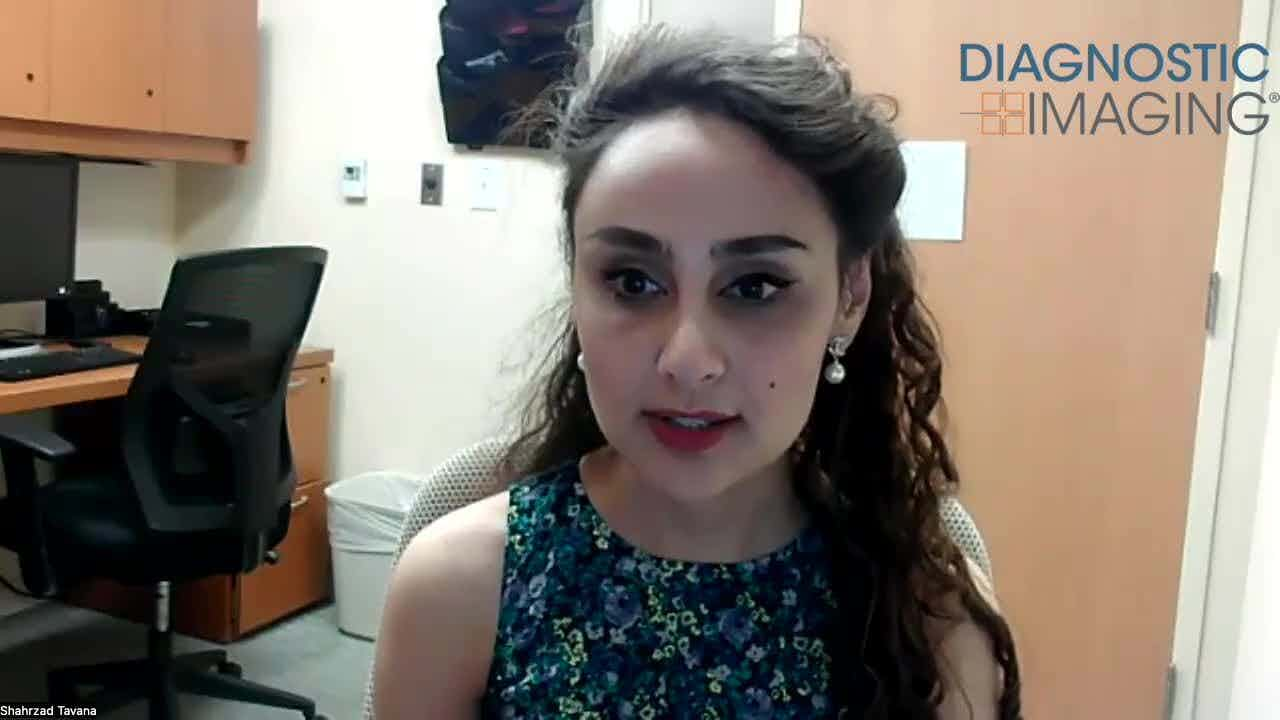MR Elastography-Derived Shear Stiffness Could Be Biomarker for IVD Degeneration
MR elastography is highly repeatable and weakly correlates with age.
MR elastography-derived shear stiffness can be an objective biomarker of the intervertebral disc (IVD) degeneration process, according to a recent study. In a cross-sectional study, published in Radiology, in vivo lumbar MR elastography was performed once in the morning and once in the afternoon in 47 subjects without low back pain. Patients were ages 20 to 71 years. Researchers used principal frequency analysis to assess degeneration grade and MR elastography-derived sheer stiffness of the nucleus pulposus and annulus fibrous regions of all lumbar IVDs. According to results, there were no significant differences between morning and afternoon shear stiffness at all levels, and technical repeating between morning and afternoon imaging results for both nucleus pulposus (R=0.92) and annulus fibrous (R=0.83) regions were very good. Both experienced significant increases in MR elastography shear stiffness with increasing degeneration grade (nucleus pulposus grade 1, 12.5 kPa ± 1.3; grade 5, 16.5 kPa ± 2.1; annulus fibrosus grade 1, 90.4 kPa ± 9.3; grade 5, 120.1 kPa ± 15.4). There were weak correlations between shear stiffness and age at all levels. Overall, researchers wrote, MR elastography-derived shear stiffness measures were highly repeatable, correlated weakly with age, and increase with advancing IVD degeneration. This could suggest the stiffness may provide an objective biomarker of IVD degeneration processes.
FDA Clears MRI-Based AI Segmentation of Organs at Risk During Radiation Therapy
May 2nd 2025Capable of segmenting over 37 organs and structures in the head, neck and pelvis, the MR Contour DL software is currently being showcased at the European Society for Radiotherapy and Oncology (ESTRO) conference.










